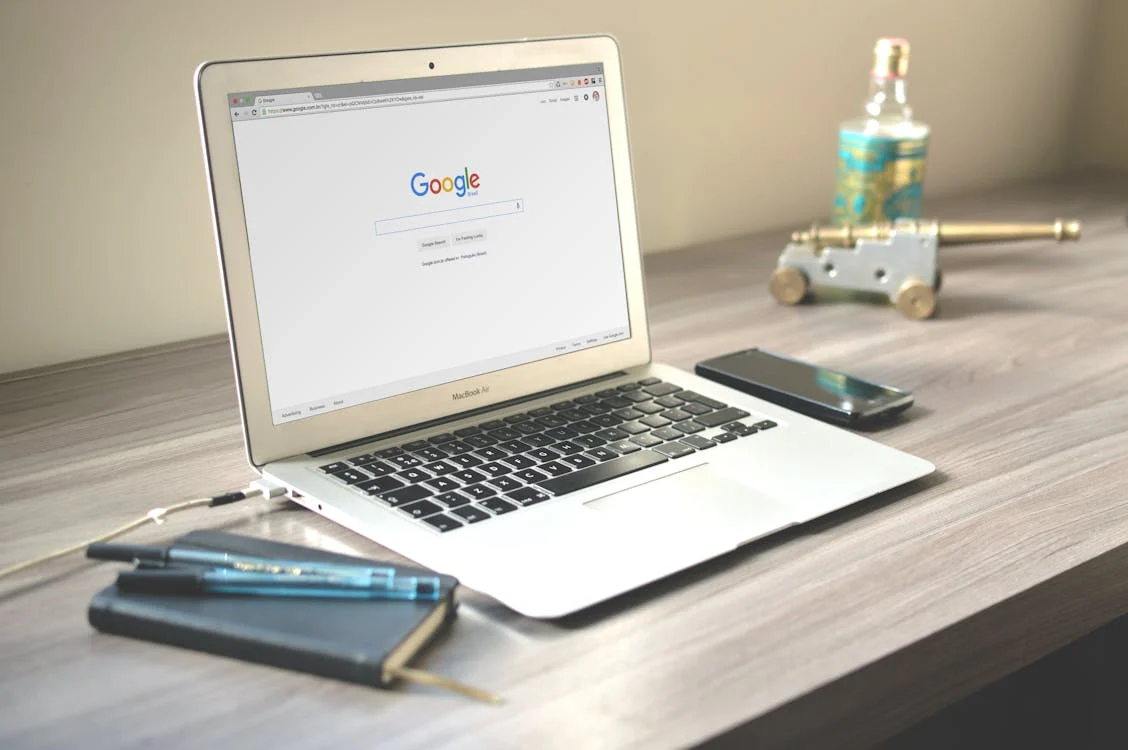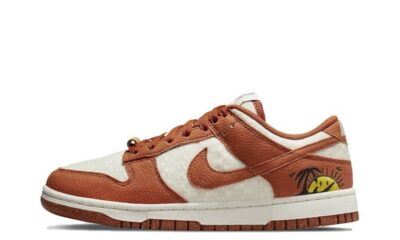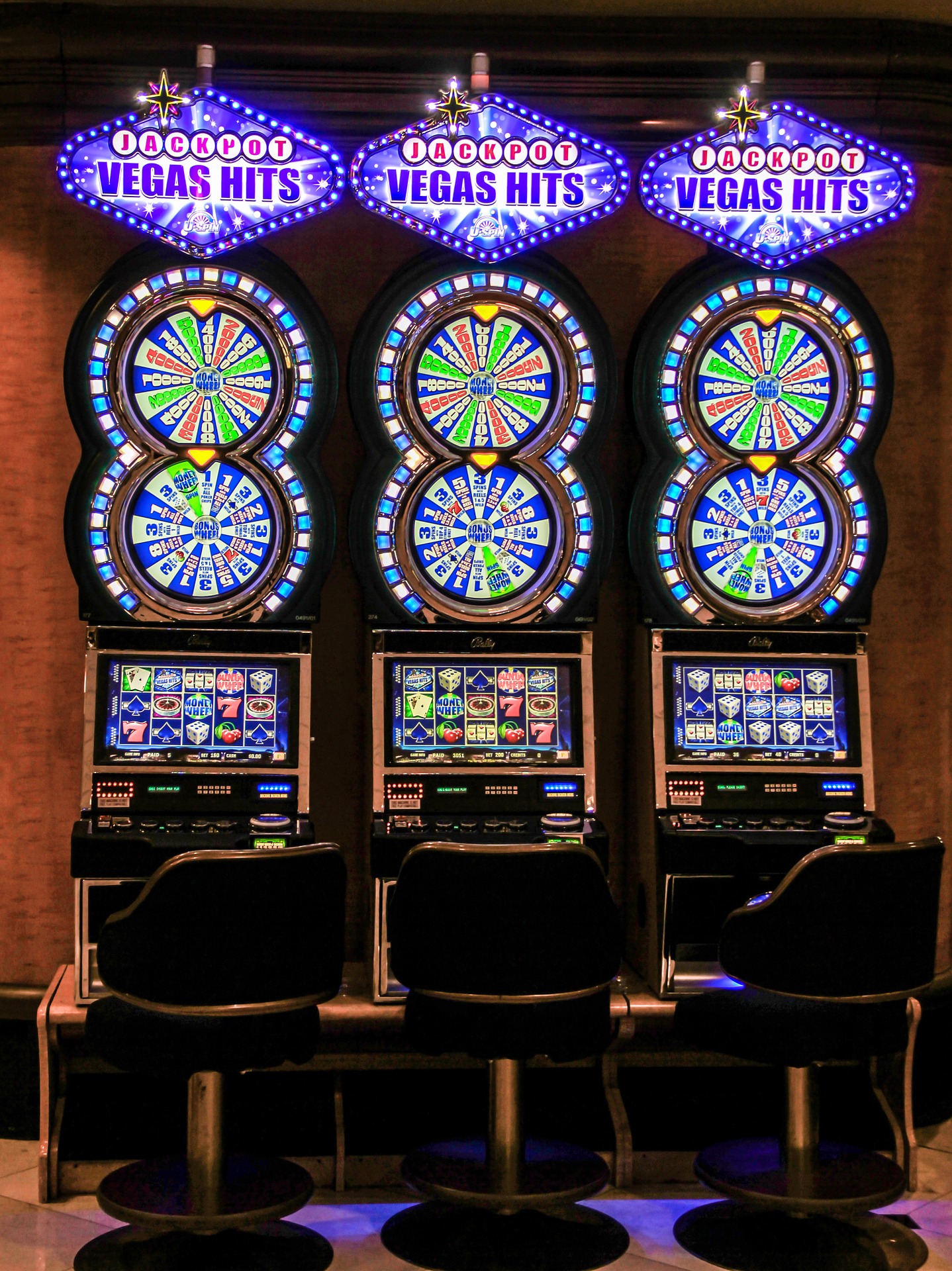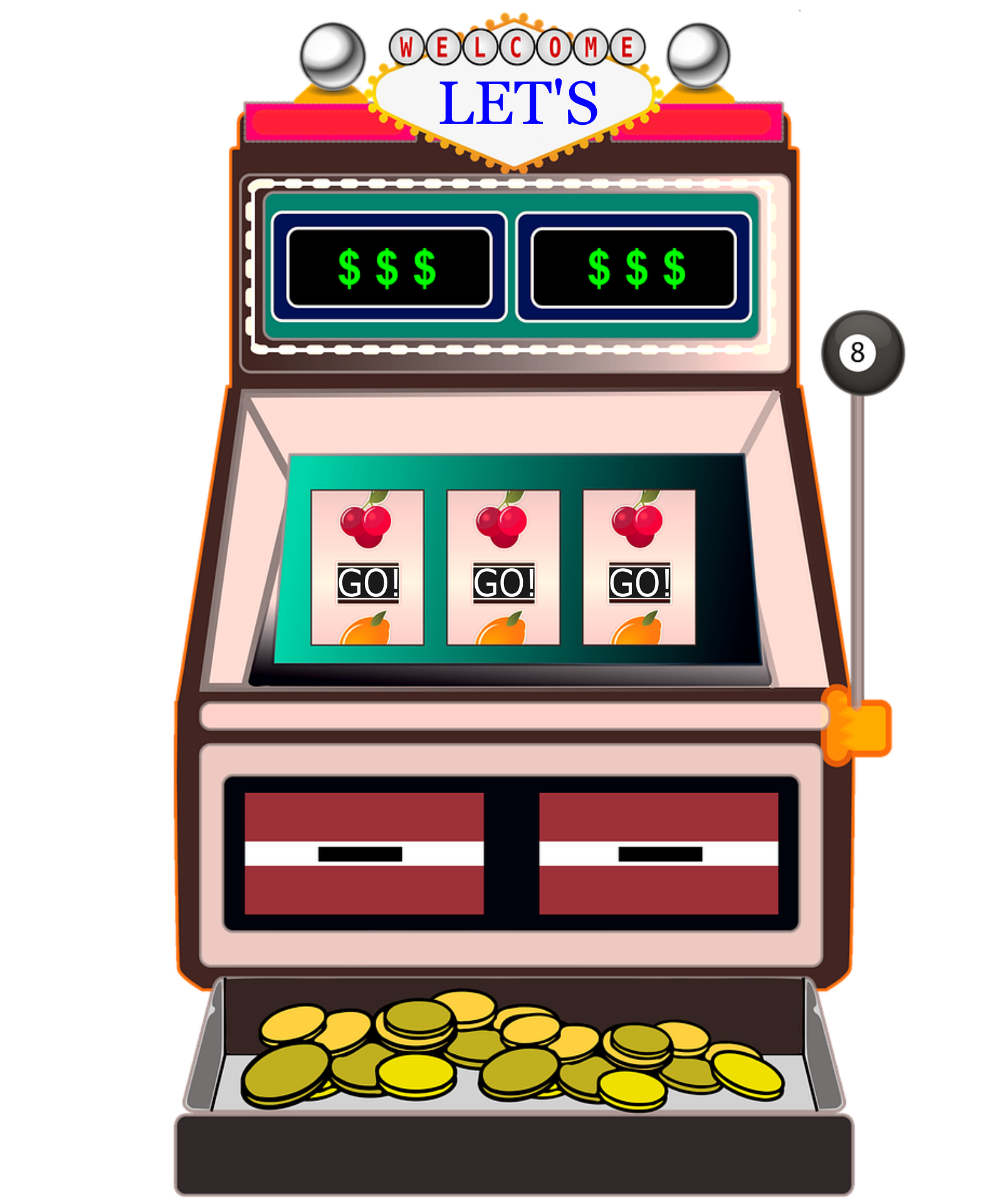Digital & Social
All you need to know about Hot desking app

Hot desking, or desk sharing, is a trend that emerged in the 1990s. Workers take whichever desk is available rather than having an assigned space in offices with hot desks.
Modern workplaces require agility. There is always a quest for ways to foster flexibility and foster teamwork and innovation among businesses. Hot desk booking has been around for the last twenty years or so, but it only became commonplace in the last few years.
The cost of running an office can be reduced by up to 30% with hot desking, so it’s a popular choice among employers. Employees also benefit from hot desking arrangements. The following are the top 5 benefits of a Hot desking app for companies and employees.
1. Increase collaboration
Employees are encouraged to move around the office through hot desking, and this encourages them to talk to team members they might not otherwise interact with. This allows people from different parts of the office to collaborate on projects.
2. Tidier workspaces
Hot desks allow for your office to be more organized because staff can’t leave personal belongings behind at the end of the day, such as knick-knacks and stacks of documents. Employees become minimalists by virtue of hot desking. The result is a much more organized and cleaner office, even though people cannot add their own touches to their workspaces.
3. Autonomy
A hot desk gives employees autonomy because it allows them to change their day-to-day environment and remain mobile. They have more control over what their daily work environment looks and feels like. Desks are not as fixed as they once were.
4. Lower costs
A traditional office provides employees with a designated work space, but if the worker is out of the office, traveling, or working from home, that space remains unused. Using hot desks reduces wasted space by allowing organizations to downsize their space and utilize existing space more efficiently. Employees do not have to have their own desks permanently.
5. Enhance performance and knowledge exchange
Typically, static seating arrangements lead to people working in silos; flexible seating arrangements, such as hot desking, encourage knowledge sharing and boost productivity. As a result of hot desking, communications are improved by more face-to-face interaction and decision-making is accelerated.
There are concerns that hot desking might hurt productivity since people may need a quiet place to concentrate and focus. It’s important to maintain a flexible, easily reconfigurable environment that can be used for a variety of tasks, including concentration-heavy solo work and team meetings.
Resource Central makes booking hot desks quick and easy
Find out how Add-On Products can improve the flexibility and productivity of your workplace. Our meeting room booking system, Resource Central, can be used to book meeting rooms, hot desks, catering services, and any other resource or service you need. We integrate Resource Central with Outlook®, Exchange, and Microsoft 365.
Digital & Social
4 Tips for Boosting Your SMB This Fall

Summer is at its end and the air is slowly starting to smell like pumpkin spice. This is the time for changes and hard work. All vacations are over, our batteries are charged and we are ready to roll. The market keeps changing and you need to constantly be in the loop and aware of your business’ position in your particular domain. Regardless of what that position is, there is room for improvement, even at the top, so let us see what can be done to make things even better.
Compare and contrast
Firstly, you must do some research to see where you stand. As we already said, the current situation in the market is ever-changing and even if you think you are up-to-date, check again, just in case. The initial assessment of the state and rank of your business is your step zero in the attempt to improve. Your research should be long and thorough, so do not take it lightly. It is the foundation of everything you do next, and, as you must know, if the foundation turns out to be bad, the whole house can come crashing down. Make notes of the pros and cons you see in the way your competitors do business. If you can “steal” a few good ideas, do it. If something is done right, it should become a standard. On the other hand, when you see room for improvement in your competitors, try to point that out in your own business and be better than them in that particular area. Do this assessment for your top ten competitors and when you make all the notes, it will be your first concrete step towards a real upgrade in your business.
UI and UX upgrades
If one of the things on your to-do list is your UI and UX, you are in for a treat. This is usually a very fun activity where one can express their creativity and let their imagination run wild. Depending on your budget, enthusiasm, and the size of your company, you can do this on your own or you can hire a professional. If you have never dabbled in UI and UX, perhaps it is not best to try now. There are some amazing options for web design in Houston and people usually opt for hiring experts in this situation. The main reason to go with the pros is the fact that there is a lot at stake. UI and UX are the main factors that make a first impression and if you get that wrong, you lose a customer. However, if you are skilled in that particular domain and wish to express your creativity, go for it. You will surely be proud to have your brand and your company decorated by yours truly. On the other hand, if you have the desire and the ideas, but lack skills, you can be involved as an advisor and product owner, just not the actual developer. It will make you happy as you will still be involved in the process.
Leave out the details and keep the gist
While we are on the topic of your website’s appearance, let us also focus on the content. Sure, the looks are what will draw your customers to your website and your business, but the content is what will determine whether they stay or leave. This is why it is equally important to commit to the content of your website, as well as its appearance. People’s attention span is decreasing as the years go by. It is not related to age, but rather the times. Modern times give us less and less free time, more obligations, and a faster life pace. It forces us to multitask and invent quick and easy ways to deal with all the issues our day may bring us. This is why our business representation needs to change to become in accordance with the new times and the pace of life. Nobody wants to read endless paragraphs about the origin of your business. They want it short and to the point. The content on your website should be as concise as possible with many paragraphs separated by white spaces. This will enable a new user to skim the whole page and determine what is important for them to read. It will also do wonders for your business as most users would be thrilled to have the mandatory time spent on your website shortened in the maximum possible way.
Stay human
In this very modern era where everything is automated, we are communicating with ChatGPT every day to get answers and most of our appliances are also talking to us on a daily basis, it is easy to get a bit carried away and think of your audience as tiny robots that bring you money. Certainly, we all need to adapt in order to survive and everyone should accept these technologically miraculous times we live in, however, we should also try to stay human in the most robotic age there ever was. A mixture of both worlds might be the very thing people come to love about your business. Therefore, try to value the loyalty of your customers. Provide special offers and discounts to the ones that really deserve it. Make recommendations based on previous searches and purchases. Remember people’s birthdays and make sure to add little presents to every fifth and tenth order, for instance. Enable customer support that is not a chatbot. Basically, try to take the best of both worlds and this could be your golden ticket to get new customers and keep them.
These are only some suggestions for improving the way you do your digital business. Of course, it is not the only one and all creativity and innovation are more than welcome. When you combine market research and your own ideas, you will already be more than ready to get started on those improvements, regardless of what they may be.
Digital & Social
Exploring Digital Marketing Careers

Digital marketing jobs offer exciting opportunities for individuals looking to thrive in the dynamic world of online marketing. In this comprehensive guide, we’ll explore what digital marketing jobs entail, how to pursue a career in this field, and frequently asked questions to help you navigate your journey.
Understanding Digital Marketing Jobs
Digital marketing jobs encompass a wide range of roles focused on promoting products, services, or brands through online channels. From social media management to search engine optimization (SEO), these positions play a crucial role in driving online visibility and engagement.
Roles and Responsibilities
- Digital Marketer: Develop and execute online marketing strategies to enhance brand awareness and drive customer engagement.
- SEO Specialist: Optimize website content and structure to improve search engine rankings and drive organic traffic.
- Social Media Manager: Create and manage social media campaigns to increase brand exposure and engagement.
- Content Marketer: Produce compelling content, such as articles, blogs, and videos, to attract and retain target audiences.
Steps to Pursue a Career in Digital Marketing
- Gain Relevant Skills: Acquire knowledge in areas such as SEO, social media marketing, content creation, and analytics.
- Obtain Certifications: Earn certifications from reputable organizations like Google and HubSpot to validate your expertise.
- Build a Portfolio: Showcase your skills through internships, freelance projects, or personal projects.
- Network: Connect with professionals in the industry through online platforms like LinkedIn and attend industry events to expand your network.
- Apply for Jobs: Search for digital marketing job opportunities on job boards, company websites, and professional networks.
FAQs
Q: What qualifications do I need for a digital marketing job?
A: While a degree in marketing or a related field can be beneficial, employers often value practical experience and skills. Certifications and a strong portfolio can also enhance your prospects.
Q: Is coding knowledge necessary for digital marketing roles?
A: While coding knowledge is not always required, familiarity with HTML, CSS, and JavaScript can be advantageous, especially for roles involving website optimization and analytics.
Conclusion
Digital marketing jobs offer diverse opportunities for individuals passionate about leveraging online channels to drive business growth. By acquiring relevant skills, certifications, and experience, you can embark on a fulfilling career in this exciting field.
Digital & Social
A Guide to Creating Instagram-Worthy Desserts for Your Next Bash

In the period of web-based entertainment, where the visual allure of our culinary manifestations frequently becomes the overwhelming focus, excelling at making Instagram-commendable treats has turned into a wonderful undertaking for some. Past the delightful taste, the introduction of a sweet assumes a pivotal part in catching consideration and deference on stages like Instagram. Whether you’re a carefully prepared cake culinary specialist or an excited homebread cook, we will disentangle the key to making pastries that fulfill the taste buds as well as order the focus on your virtual entertainment feed.
Becoming Amazing at Plating:
Learn the finer points of plating to up your dessert game. To transform your sweet treats into visual masterpieces, investigate the enchantment of symmetry, contrast, and color coordination. Enhance the visual appeal and accessibility of your ice cream parlor by investing in an Ice Cream Display Freezer, ensuring that your delectable frozen treats are not only stored at optimal temperatures but also showcased in an enticing and organized manner for eager customers. Understanding the principles of plating will set the stage for desserts that are not only delicious but also visually stunning, ranging from minimalist elegance to bold, vibrant displays.
Creative Combinations of Flavors:
Try to be different by exploring different avenues regarding special flavor blends that entice the taste buds and shock your devotees. Release your inventiveness by matching startling fixings, investigating social impacts, and integrating offbeat surfaces. Hoist your pastry manifestations higher than ever by embracing the interesting universe of flavor combinations.
The Specialty of Normal Lighting Photography:
Step into the job of a talented picture taker as you bridle the force of normal lighting to catch the genuine pith of your pastries. Become familiar with the mysteries of ideal points, synthesis, and organizing to exhibit your manifestations in the most outwardly engaging manner. Raise your Instagram feed with photographs that feature the heavenly subtleties as well as summon a tactile encounter for your crowd.
Making Stylish Treat Feel:
Remain on the ball by integrating the most recent sweet feel into your manifestations. Plunge into the universe of popular plans, surfaces, and enhancements that rule online entertainment stages. Learn how to incorporate contemporary flair into your desserts by using mirror glazes, drip cakes, or edible flowers to keep your Instagram audience interested and captivated. For a touch of natural beauty and organic elegance, explore the incorporation of edible flowers into your desserts. Beyond their visual allure, edible flowers add a delightful burst of flavors, making your creations a multisensory experience for your audience.
Do-It-Yourself Consumable Beautifications:
Add an individual touch to your sweets by excelling at making consumable designs. From chocolate embellishments to sugar figures, investigate open Do-It-Yourself procedures that not only improve the visual allure of your treats but additionally mirror your special style. Discover the joy of creating individualized edible embellishments that elevate your desserts to a whole new level as you unleash your inner artist.
Narrating through Dazzling Subtitles:
Master the art of captioning to turn your Instagram feed into a visual narrative. Figure out how to make convincing and draw in subtitles that recount to the story behind every sweet. Whether it’s sharing the motivation, uncovering a mysterious fixing, or portraying the creation cycle, viable narrating adds profundity to your posts, encouraging an association with your crowd past the screen.
Conclusion
All in all, making Instagram-commendable pastries isn’t just about culinary abilities; workmanship envelops plating, flavor advancement, photography, tasteful patterns, Do-It-Yourself embellishments, and the unpretentious specialty of narrating. You will not only satisfy your taste buds but also make a lasting impression on the people who follow you on Instagram if you incorporate these components into your dessert-making repertoire. One delectable dessert at a time, elevate your sweet creations, share your culinary journey, and let the world savor the magic you bring to the table.
-

 Sports & Games4 years ago
Sports & Games4 years agoLet’s Dive Into To Know about Poe Ninja
-

 News & Entertainment2 years ago
News & Entertainment2 years agoNike reps shoes
-

 Business & Finance5 years ago
Business & Finance5 years agoLine Of Business
-

 Sports & Games4 years ago
Sports & Games4 years agoIs a Toto site required for food verification?
-

 Business & Finance4 years ago
Business & Finance4 years ago10 Best Online Platforms to Buy and Sell Cars in Karachi
-

 Sports & Games4 years ago
Sports & Games4 years agoHow To Get Registered At Track Wrestling Forum
-

 Sports & Games4 years ago
Sports & Games4 years agoHow will toto site help you find the best safe playground?
-

 Sports & Games4 years ago
Sports & Games4 years agoHow Can You Easily Win Lottery Games?

